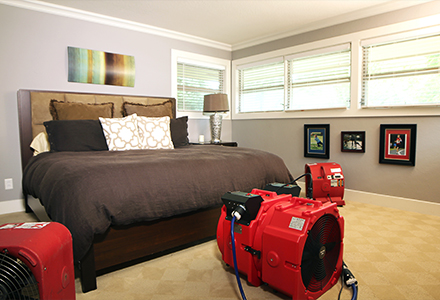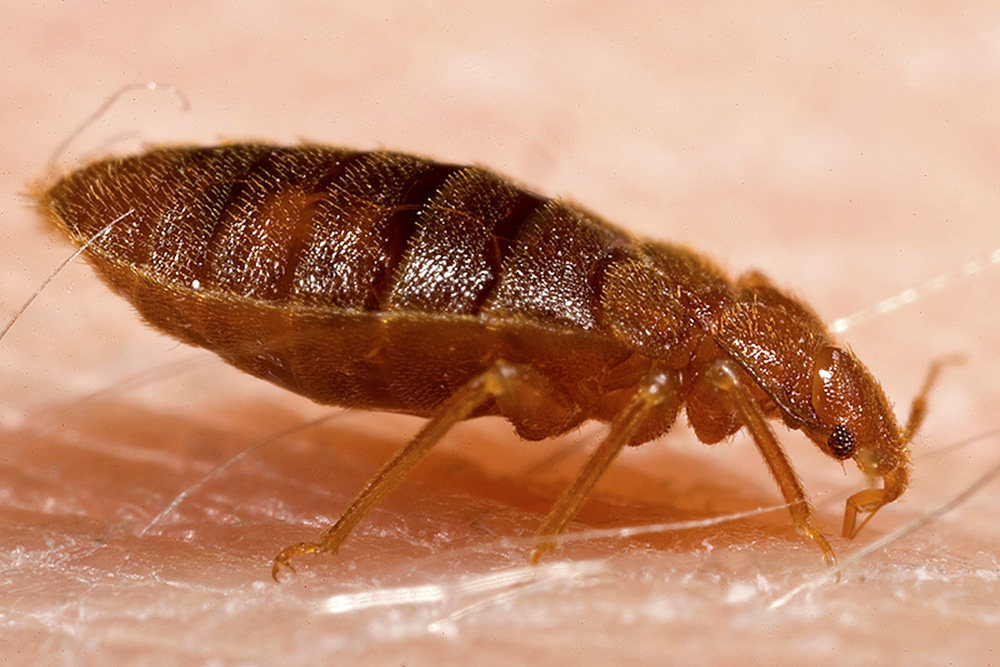Understanding Bed Pest Treatment and Its Duty in Comprehensive Parasite Control
The frequency of bed pests in various settings has actually emphasized the need of understanding efficient therapy methods within the wider context of comprehensive pest control. As infestations pose substantial health dangers and can interfere with everyday life, discovering the subtleties of reliable therapy and the importance of expert treatment becomes critical.

Summary of Bed Insects
Bed pests, medically referred to as Cimex lectularius, have actually emerged as a significant parasite problem in metropolitan and suv settings worldwide. These nighttime insects mostly eat human blood, creating pain and distress to those affected. Grown-up bed pests are reddish-brown, about 4-5 mm in length, and have level, oval bodies that allow them to hide quickly in little crevices, such as bed mattress joints, bed structures, and furnishings.
Reproduction takes place rapidly, with ladies disabling to 5 eggs each day, adding to the quick rise of infestations. Bed insects are not understood to send diseases, yet their bites can bring about allergic responses and secondary infections from the ground up. The bugs are extremely durable, making it through for months without feeding, which makes complex elimination efforts.
Their revival recently can be credited to greater global traveling, the rise of pre-owned furniture markets, and resistance to conventional pesticides. Effective monitoring requires a combination of sanitation, surveillance, and targeted treatment methods. Comprehending the biology and habits of bed pests is essential for creating effective control approaches and decreasing their influence on human health and wellness and health.
Indications of Infestation
Acknowledging the signs of a bed insect problem is vital for prompt treatment and control. Early discovery can dramatically decrease the seriousness of a problem, making it critical for property owners and tenants to be alert - Bed Bug Heat Treatment. Typical indications consist of small reddish-brown spots on bed linens or furniture, which are frequently the result of smashed bed pests. Furthermore, dark spots, generally fecal matter, might show up on bed mattress, linens, and wall surfaces.
One more dead giveaway is the visibility of shed exoskeletons, as bed insects molt throughout their life process. Additionally, an undesirable, stuffy smell can emanate from heavily infested locations, attributed to the scent glands of these bugs. Bed insects are nocturnal, so homeowners might notice bites on revealed skin after sleeping, typically identified by red, itchy welts prepared straight or cluster.
Last but not least, bed insects can conceal in numerous places, consisting of mattress joints, box springs, bed frameworks, and even behind wallpaper or electric outlets. Normal examinations of these locations can assist in very early detection. By recognizing and acknowledging these indications, individuals can take required actions to reduce the issue prior to it intensifies.

Therapy Methods
Effectively dealing with a bed bug infestation calls for a multi-faceted strategy that integrates different treatment approaches customized to the intensity of the circumstance. The main methods include chemical treatments, warmth therapies, and integrated pest management (IPM) methods.
Chemical treatments typically involve the application of pesticides specifically created to target bed pests. These can be applied in numerous forms, such as sprays, cleans, or aerosols. It is vital to pick products that are effective and secure, adhering to the producer's directions meticulously to minimize threats.
Warmth therapies, on the other hand, utilize heats to eliminate bed insects in all life stages. This method includes raising the temperature of ravaged locations to a level dangerous to bed pests, usually around 120 ° F(49 ° C )or higher, for a continual duration.
Integrated Insect Monitoring (IPM) integrates both chemical and non-chemical methods. It emphasizes complete assessments, proper sanitation, and checking to make sure long-lasting management of bed pest populaces. By employing these therapy approaches in conjunction, home owners can effectively eliminate bed pests while lessening the risk of reinfestation.
Preventive Steps
(Pest Control Washington DC)Implementing efficient precautionary steps is critical for reducing the risk of a bed bug problem. These pests are notorious for their capacity to ride on personal possessions, making caution essential. Consistently inspecting pre-owned furniture and apparel prior to bringing them into your home can substantially minimize the likelihood of an infestation.
Encouraging a clutter-free atmosphere is also essential, as it removes possible hiding areas for bed pests. Vacuuming frequently, specifically in areas such as bed rooms and living he has a good point areas, can aid record any type of roaming insects or eggs, while sealing vacuum cleaner bags securely avoids their escape.
In addition, using safety covers for cushions and box springtimes can create a barrier that prevents bed bugs from working out in these areas. When traveling, evaluate resort areas, concentrating on the joints of cushions and behind headboards, and maintain baggage off the floor.
Relevance of Professional Aid
(Exterminator Washington DC)
When taking care of a bed bug infestation, looking for expert assistance is frequently vital to ensure thorough and reliable treatment - Bed Bug Heat Treatment. Bed pests are notoriously challenging to eliminate due to their capacity to hide in little gaps and their rapid recreation price. Experts possess the experience and specialized devices essential to identify the level of the infestation and carry out a targeted method
do it yourself techniques may supply temporary alleviation; nevertheless, they often fail to resolve the origin of the issue, allowing bed bugs to reappear. Expert pest control services use a combination of chemical therapies, heat applications, and incorporated insect management approaches customized to the certain scenario. This multifaceted method not just gets rid of existing insects but likewise reduces the danger of future problems.
In addition, professionals can supply beneficial advice on safety nets, helping property owners recognize just how to stay clear of future experiences. Engaging a qualified parasite control specialist additionally makes sure conformity with neighborhood policies concerning chemical use, securing both health and the environment. Finally, professional assistance is vital for effective bed insect therapy, offering both prompt relief and lasting solutions to restore convenience in impacted areas.
Verdict
In conclusion, efficient bed insect treatment necessitates an extensive strategy that integrates both chemical and non-chemical techniques. By taking on a methodical technique, property owners can successfully protect their living areas and decrease the associated health and wellness risks of bed insect problems.